5 main differences between wire and cable
To begin with, we turn to the above GOST 15845-80, which clearly states that the wire consists of one or more wires that are twisted together (or instead of core wires). A protective shell may be present on top of the live part, but it may not be, as shown in the photo:
In turn, the cable design is one or more wires in a protective sheath, which are additionally covered with another layer of insulation. It can also be armored, and its single analogue is not, which is the second difference between the conductors.
Understand where the cable, and where the wire, will also allow digital and letter marking. Learn more about decoding conductor markings You can from our article!
Based on this, we provide a third, one of the main indicators, which quite clearly explains how the cable differs from the wire - the conditions of use. Since the wire does not have additional armor and a second layer of insulation, it is unacceptable to use it under water, in the ground and in other conditions where mechanical damage is possible, as a result of which an accident will occur.
Another important point that confirms the above, according to the PUE, the installation of an electric wire is allowed exclusively inside electrical distribution devices. Outside the ERU, bus and cable products must be used.
Well, the last, 5th difference is the service life. Due to the fact that the cable has double insulation, its service life can reach 30 years. At the same time, a single shell lasts no more than 15 years.
There is also an opinion that the wires can withstand a maximum of 1 kV, while the cables can be high voltage, designed for a higher voltage. We did not find confirmation of this argument, therefore we do not consider it reliable!
By the way, the difference between the products under consideration and the cord is that the latter is more flexible and elastic. This allows you to connect it with mobile electrical appliances and installations. In turn, the first two types of conductor are often used for stationary laying!
You can also watch a useful video on the topic:
So we examined the difference between a wire and a cable and a cord! As you can see, the difference between the conductors is significant, although at first glance they look identical. Be careful to always check the markings of your chosen electrical products!
Surely you do not know:

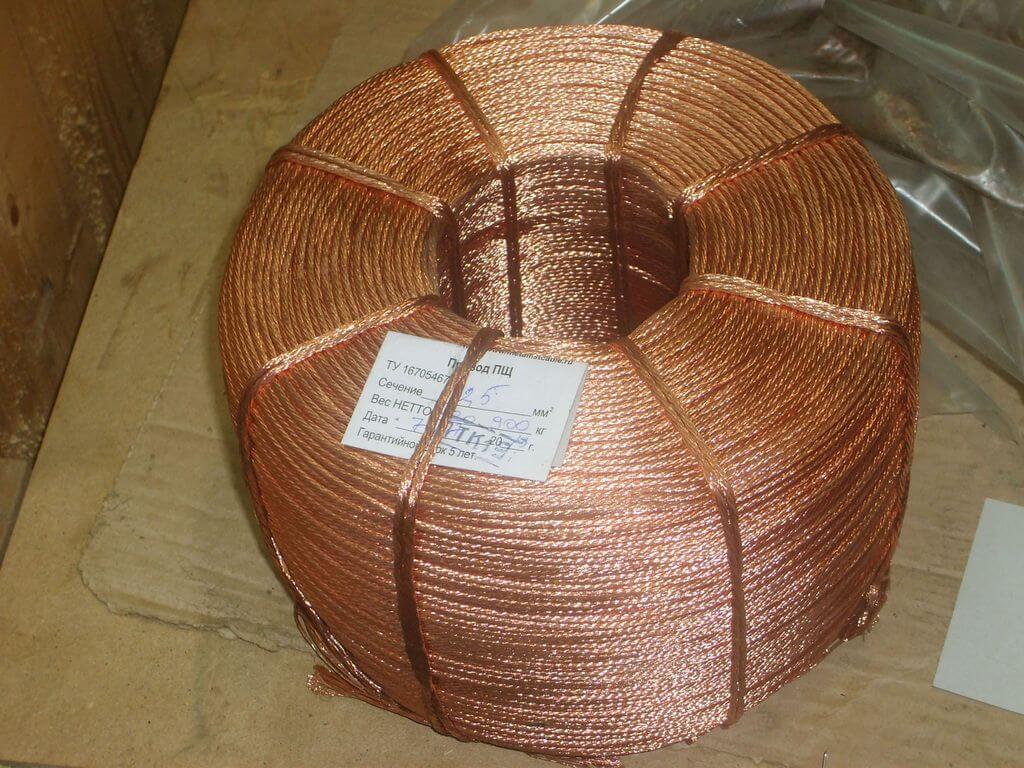
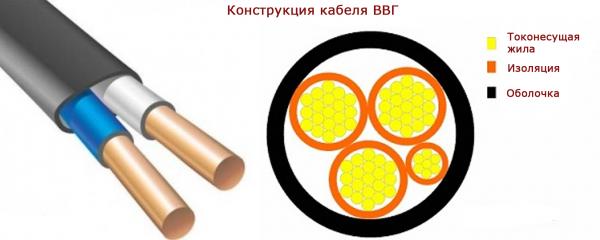



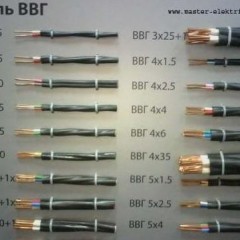
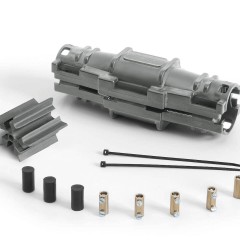
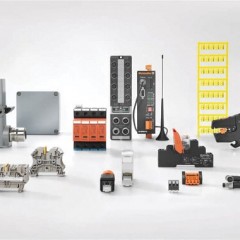

It turns out that the cord is a flexible cable.
Although, the cord may not have an external sheath, but rather represent two wires soldered by insulation (the most common power cords in the Soviet years).